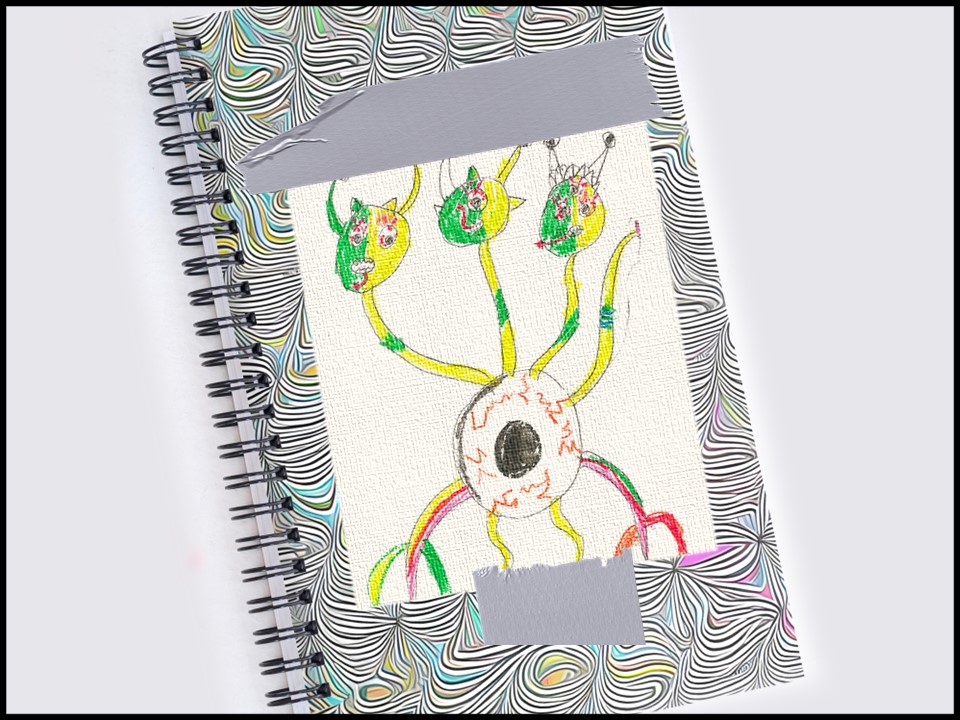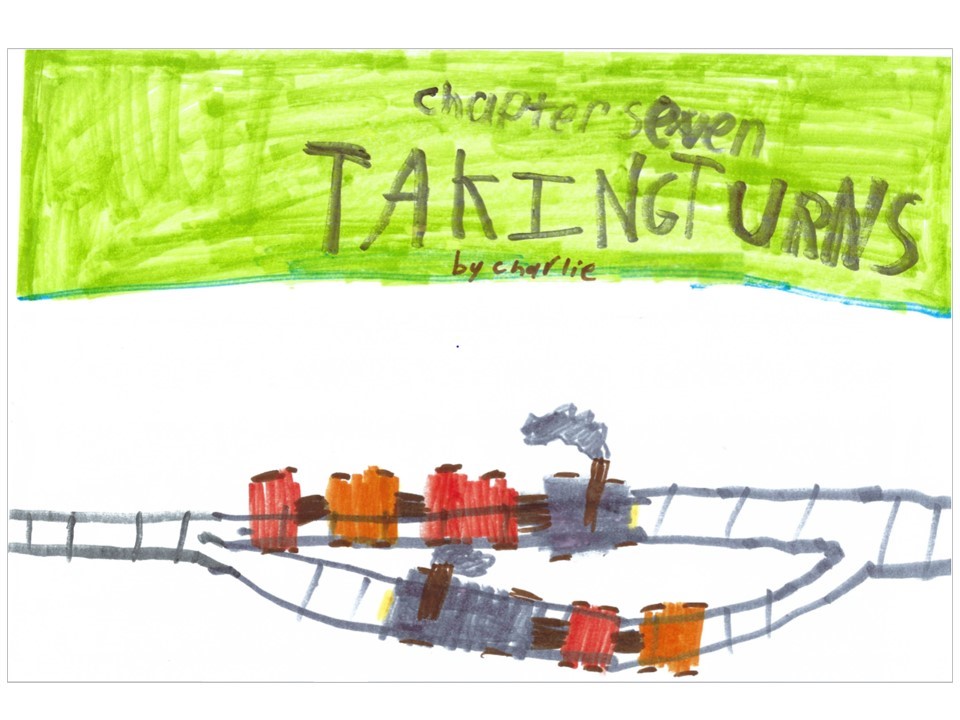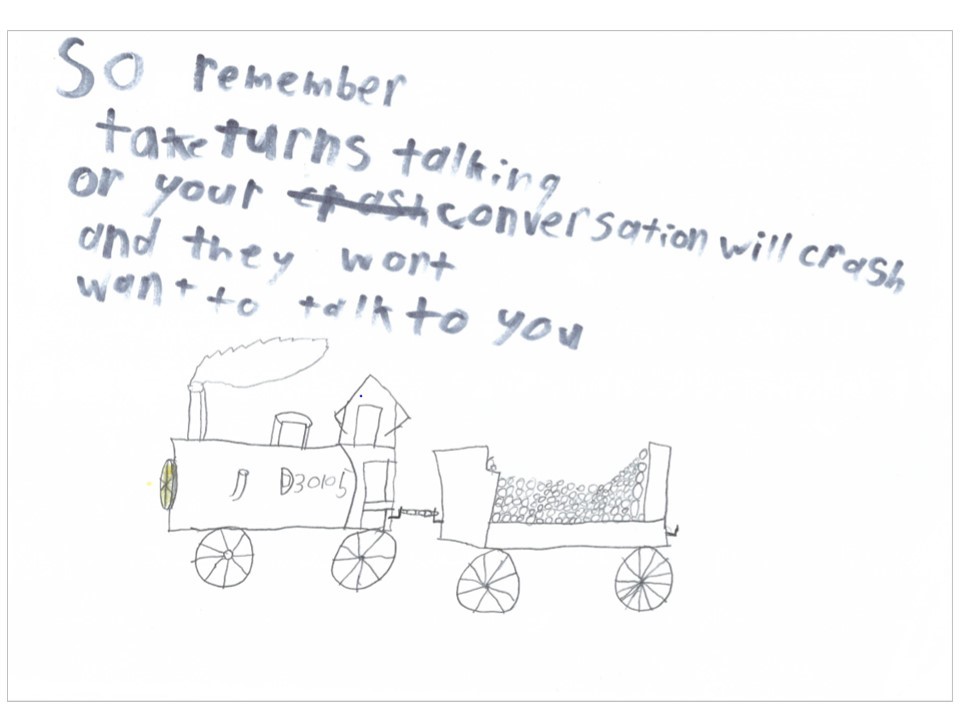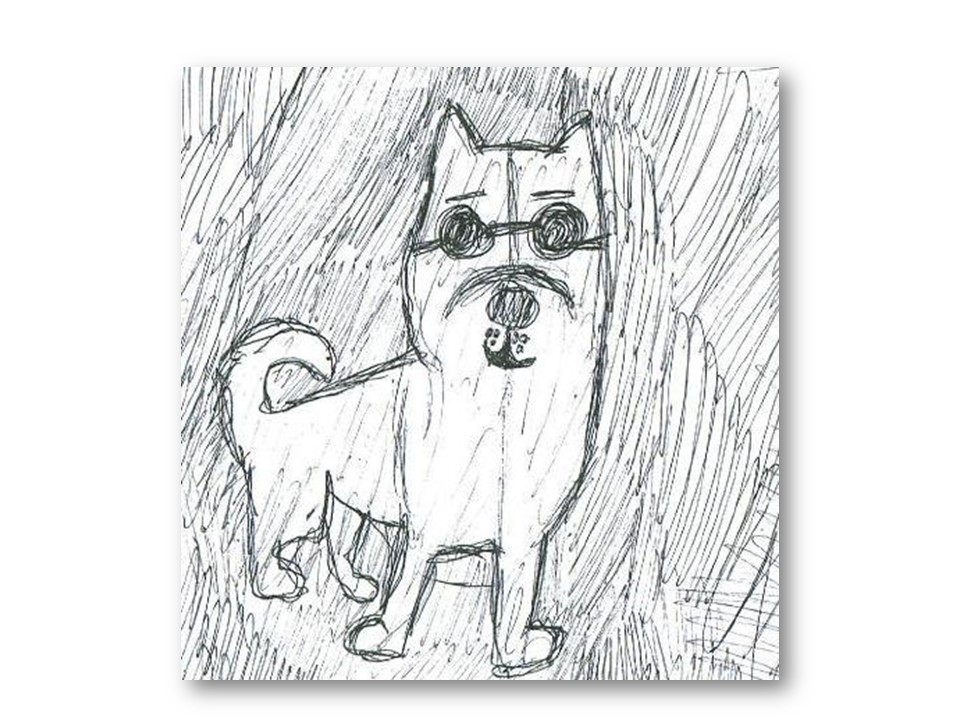There is a lot we can do as therapists and teachers to support the mental health of young people on the spectrum by appreciating and supporting the art they create when they are not with us.
It is well known that some of the world’s most original creators of art have autism. Many individuals on the spectrum, including quite a few young people in our therapy offices and classrooms, are dedicated practitioners of art.

Here are some reasons to explore the art of a young person with autism.
~ To help children to more fully appreciate their own unique interests, perspectives and talents.
People with mind differences might not sufficiently value their own creativity. In fact, they may regard their atypical art as evidence that they are somehow weird and different.
When young people with autism make something that is amazing, they should be made aware of its essential worth. If a child uses a glue gun to fashion new superheroes out of discarded old action figures, or makes alien monsters out of aluminum foil, or creates an imaginary “family” of cartoon characters on their computer, they should know that their work has special value.
~ To gain insights enabling us to help them more effectively.
Having better awareness of a child’s interests can increase our ability to motivate a child and sustain their interest. For example, seeing a child’s sketchbook full of Harry Potter-themed art might help a therapist to expand therapy session content to include discussion of social skills lessons Hermione offered to Harry and Ron at Hogwarts.
~ To better understand imaginary thinking, and bring to light aspects of fantasy worlds that are helpful or potentially problematic.
Art by a young person based on their private, imaginary world could turn out to be something you, the therapist, might encourage as a healthy expression of individuality and a useful source of relaxation and recharging.
Alternatively, you might discover that the creative, imaginary activity has taken dominion over so much of the young person’s time and energy that it arrests their personal development and adversely influences their mental health. (To learn more about autism and imaginary worlds, see my separate post on that topic).
~ To encourage a child’s own efforts to creatively and independently expand their own social-emotional learning.
It is not uncommon for children receiving social-emotional teaching to amplify or reinterpret their learning through their own art at home.
For example, this young artist below created a new “chapter” for my book, The Conversation Train Book. [Images were offered for website display by the child and his parent, who contacted me via my website.]
From my own experience as a therapist, there are are abundant examples of children artistically working on therapy issues on their own at home.
One child fashioned decorated conversation tools such as a “communication tube” out of cardboard. Another child invented and drew humanized dog characters that work on social adjustment problems.
In my work, I have really enjoyed learning new ways for young people to use artistic expression to help them with social and emotional growth. If you have any “art therapy” ideas you wish to share with me, I would sincerely appreciate hearing from you. It’s easy to reach me here.
Joel Shaul, LCSW
Part 2: Assigning individual drawing tasks for social & emotional learning.
Part 3: Assigning collaborative drawing tasks for social learning.
Part 4: Coloring & decorating to add interest & levity to social & emotional learning.
Part 5: Creative use of others’ images and AI for social & emotional learning.
Part 6: Encouraging & validating the child’s own artistic expression in therapy & teaching.




